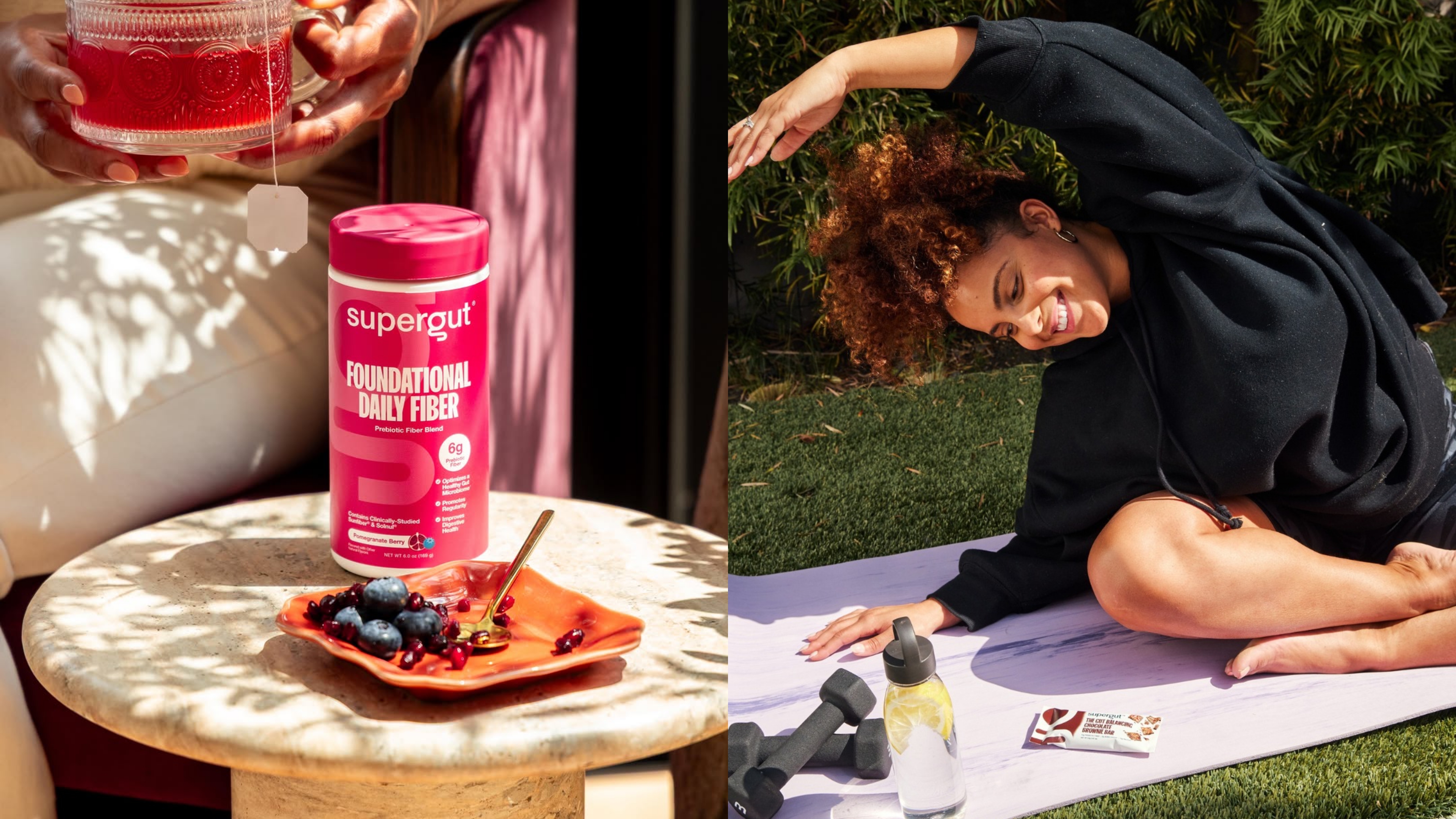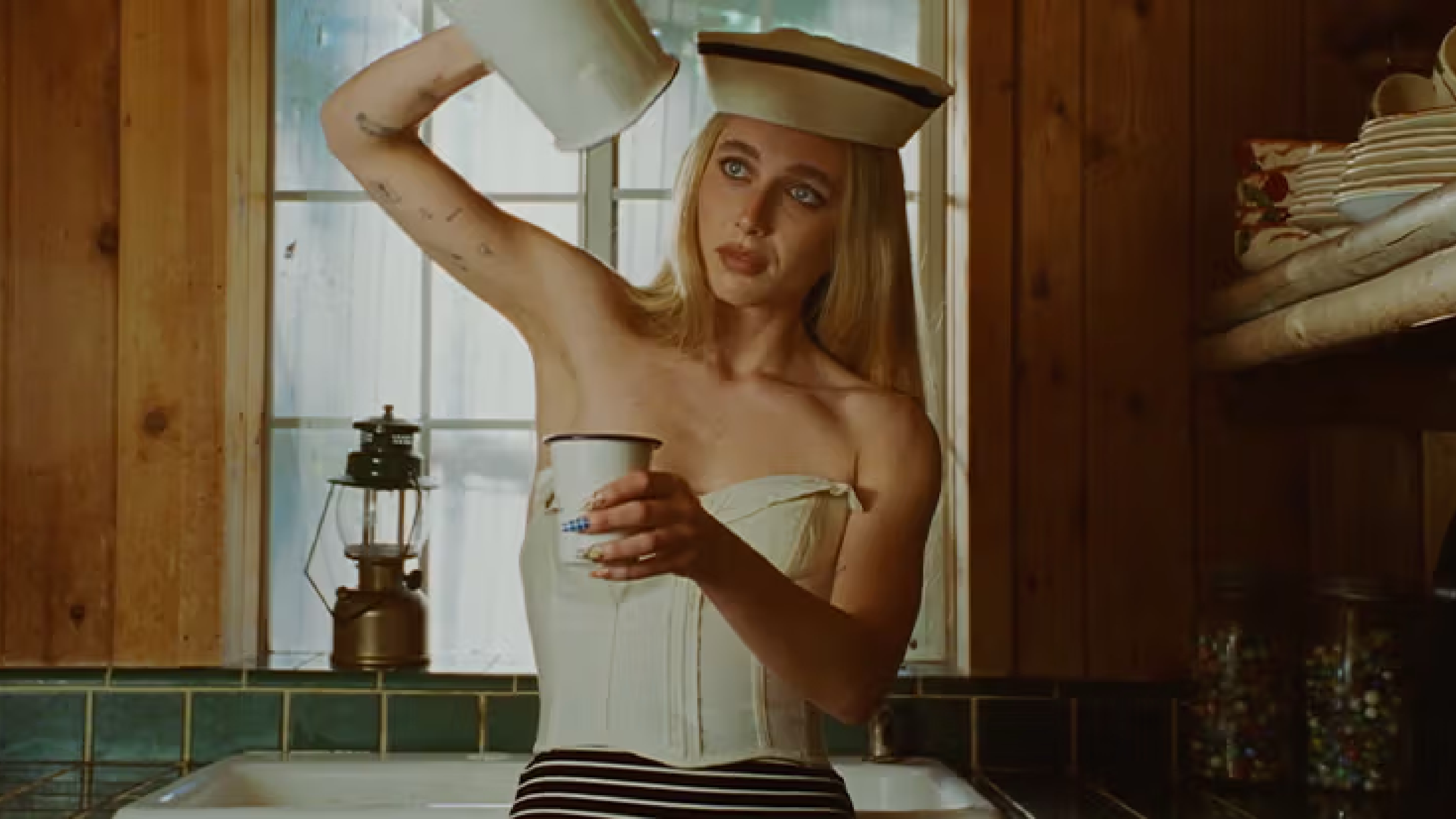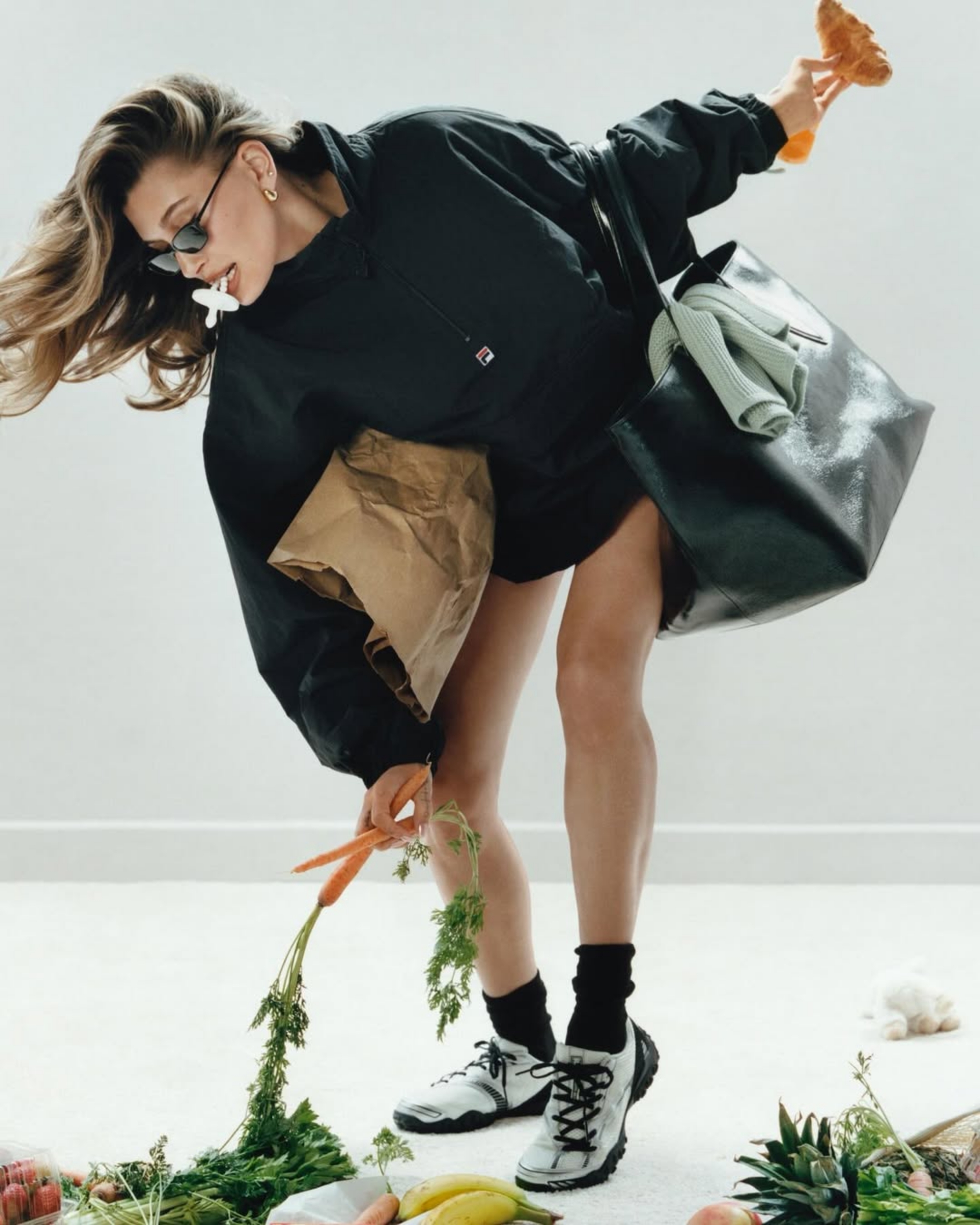Branding Qs
What’s the difference between brand, branding, and brand identity?
A brand is a person’s gut feeling about a company. Brand identity is what you can see—logos, colours, typefaces. Branding is the process of communicating these tangible and intangible elements to connect with an audience; it’s shaped by psychology and requires consistency to build trust.
How can I make my packaging stand out on social media?
Interactive elements are a game-changer. Think QR codes that lead to online experiences or packaging that doubles as a collectible item. Also, bold colours and unique shapes can make your product pop in a feed full of standard boxes and bags. Incorporate your brand’s story on the packaging—people love to share something with a narrative.
What's a fun way to engage customers during a product launch?
Create a scavenger hunt that leads to the reveal. Use your social media channels to drop hints and clues. I love the stuff Clint does with his brand, Corteiz. This not only builds anticipation but also encourages customer interaction with your brand. Another idea is to host an event online where influencers showcase your new product live, creating buzz and excitement.
How can I use storytelling to create an emotional connection with my audience?
Highlight the people behind the brand—share their stories, passions, and the journey of creating the product. UGC is powerful too; encourage customers to share their own experiences with your product. Real stories foster genuine connections and make your brand more relatable.
What’s a creative way to incorporate sustainability into my branding?
Turn sustainability into a visual and engaging part of your brand. Use recycled materials in your packaging and highlight this with a logo or message. Start a program where customers can return packaging for a discount on their next purchase. Share behind-the-scenes content showing your sustainable practices. I love the idea of refillable packaging for beauty brands or candle brands.
How can I keep my brand fresh without straying from my core identity?
Seasonal limited editions are a great way to keep things fresh. Introduce new colors, flavors, or designs that fit within your brand’s identity but offer something new. Hailey Bieber does this well with her lip tints. Collaborations with artists or other brands can also inject new life into your brand while staying true to your core values. SKIMS nails collabs.
How do I make my brand's events more memorable?
Interactive experiences are key. Create stations where attendees can engage with your products in fun ways—like a DIY customisation booth or a photo op with an exclusive backdrop. Incorporate sensory elements like music, scents, and tactile features to make the event more immersive. Again, Hailey Bieber did this really well at Coachella this year with the Rhode Booth.
Any tips for creating a memorable brand slogan?
Keep it short, sweet, and aligned with your brand’s mission. Use playful language or puns if it fits your brand’s personality. Your slogan should evoke emotion and be easy to remember. Test it out on family and friends to see if it resonates before making it official. Don't overcomplicate.
Design Business Qs
What are the first steps to setting up a design business from scratch?
First things first, name your business and tackle the legal stuff early. Figure out what you’re good at and what you love doing, then start an Instagram account and just start posting. Don’t wait for perfection—done is better. Get a contract drafted immediately, and never start work without one, no matter how small the gig. Organise your business early, show up consistently, and be willing to put in the work to see results.
How can I effectively increase my prices as a brand designer?
Implement brand strategy into your design process. Brand strategy is all about surfacing unique insights about your client’s brand and target audience, and planning how to connect the two. A strong brand strategy leads to more efficient marketing and helps achieve goals, giving you the confidence to charge higher rates. Clients are more willing to pay higher prices when they see the tangible return on investment.
How do I attract and provide solutions for my target audience?
Understanding your customer is key. Dive deep into their demographics and psychographics—know their problems, interests, and where they consume content. Communicate clearly and consistently to build trust. Show how your offering is different from competitors and why they need it.
How do I sell brand strategy to clients who just want a logo?
Position yourself as the expert and clarify the importance of brand strategy. Use the iceberg analogy: clients see the logo (tip of the iceberg) but don’t realise the strategy behind it (the part underwater). Ask business-related questions to evoke aspirations and show how a good strategy can make their dreams a reality. Help them realise they need more than they initially thought.
How can I build and price my design services?
Keep things simple to avoid confusion and overwhelm. Focus on value over cost, and offer custom quotes. Price based on your experience, availability, skill, and professionalism. Start low and gradually raise your prices, but never lower them once set. Consider offering payment plans and creating demand to increase sales.
I go into so much more detail about starting as a designer in my book, 'Draft to Designer'—have a read here.
Have more questions? Drop me an email at bibiana@desireedesign.co.uk. I’m always happy to chat!






.svg)


.svg)
.svg)






